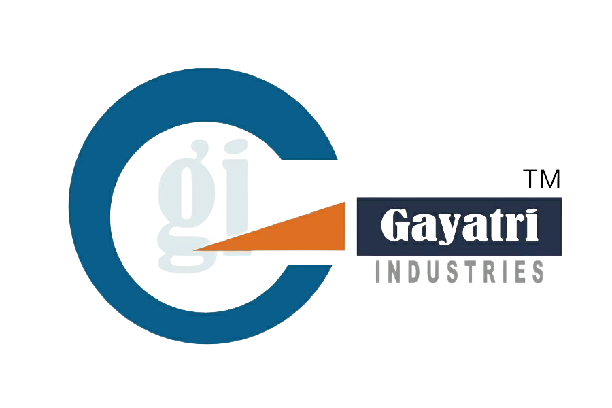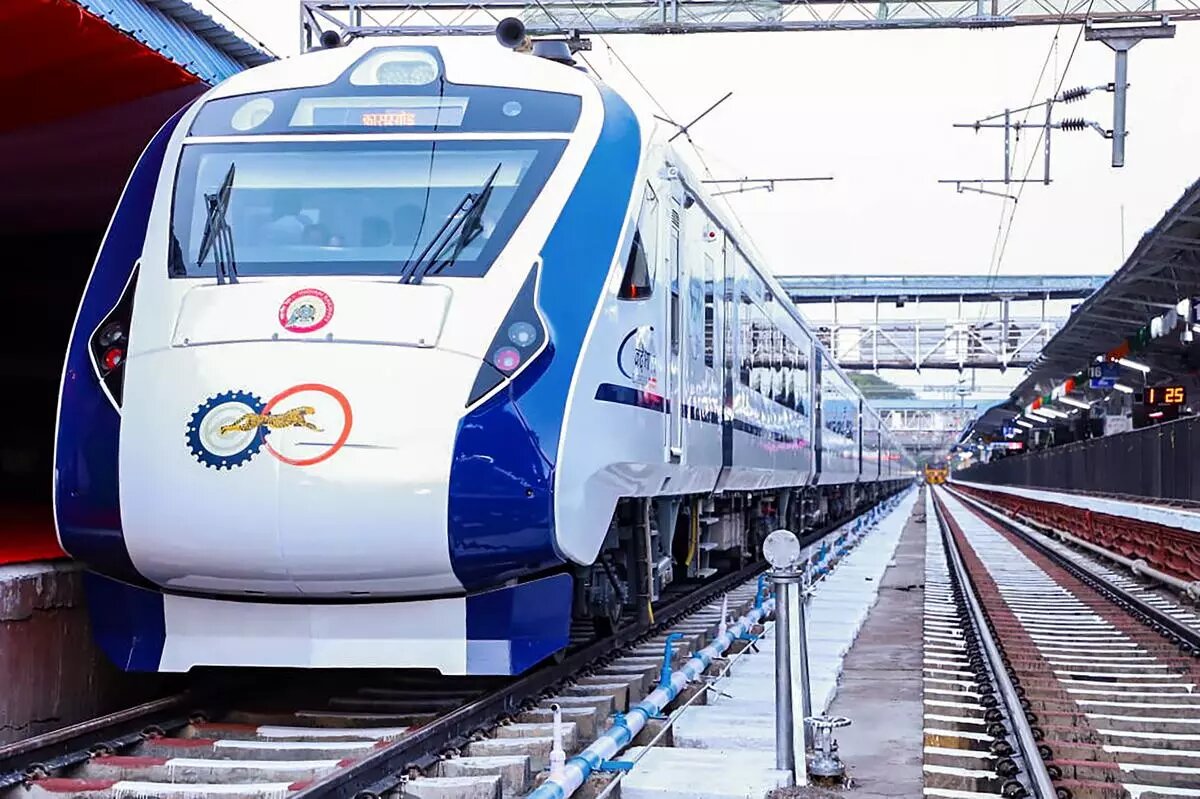Applications
- Home
- Applications

Automobile
Hoses, cups and boots all demand both silicone rubber and rubber. Chassis Shock absorber seals, vibration mounts and air springs, contributing to the ride quality of the vehicle, all require rubber parts. Electrical Electrical components must be sealed from outside moisture and debris.
Some rubber-based and elastomer parts commonly used in automobile engine lubricating systems:
- Ball valve seals.
- Oil pan gaskets.
- Oil pump gaskets.
- Oil seals.
- O-rings.
Engineering
Engineering materials are used to provide the mechanical strength and stiffness. There are different classes of engineering materials which include composites, ceramics, polymers, and metals. These materials have an intrinsic property to oppose the damage due to the presence of the microstructures inside the materials.
Rubber slows down electrons, making it the most natural and efficient insulator in the world.
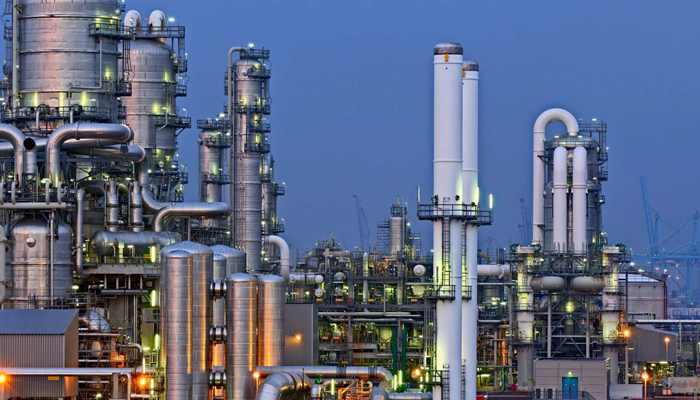
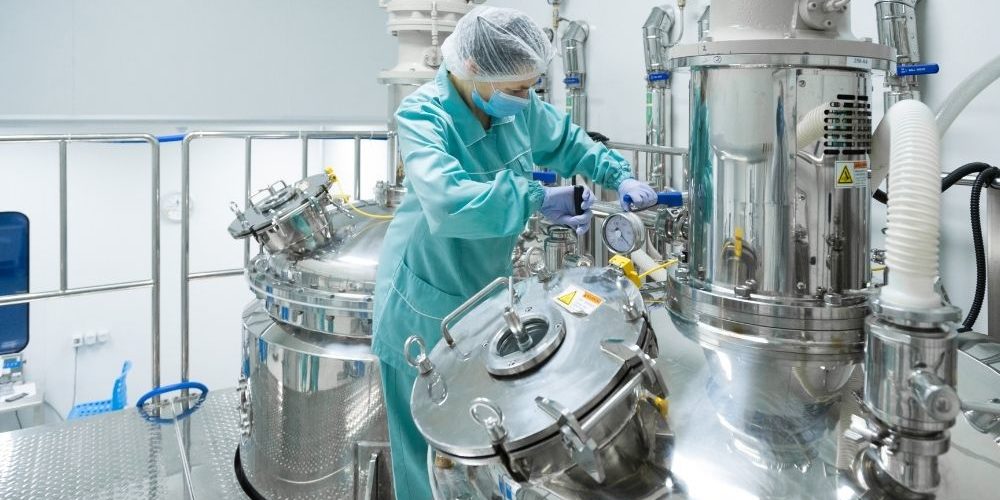
Science laboratory research
The main types of rubber used for pharmaceutical products include natural rubber, neoprene, nitrile, butyl, chlorobutyl, bromobutyl and silicone.
Aluminium foil for blister packaging of tablets and capsules. Plastic and polymer-based packaging such as pharmaceutical sachets, polybags, and blister packs. Tamper-resistant plastic closures and caps.
provide a good seal for the medicine contained in the bottle to prevent the medicine from being contaminated by bacteria and deterioratio
Pharmaceutical
Rubber stoppers are commonly used in chemistry, biology, and other scientific fields for tasks such as sealing test tubes, flasks, and other containers during experiments or storage. They can also be used in industrial settings for sealing pipes and other equipment.
used to give an airtight seal to laboratory flasks and test tubes by fitting tightly inside the neck of the container and preventing material from spilling.
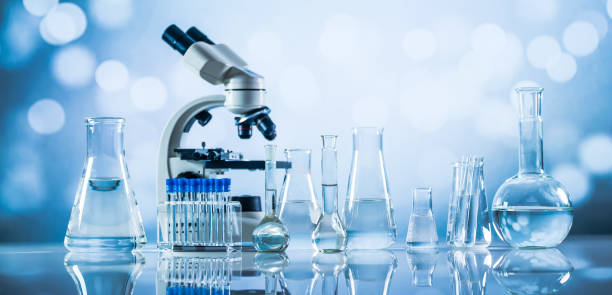
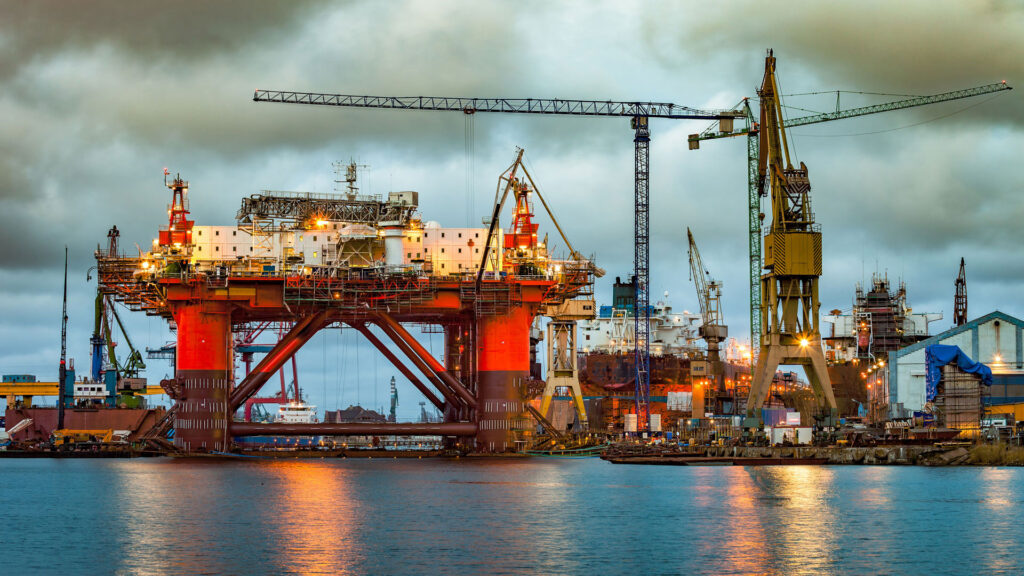
Marine
Rubber is extremely versatile and resilient material, particularly suitable for the harsh marine environment. Marine parts will be exposed repeatedly to sea water, wind, rain, UV rays, and extremes of heat and cold. Rubber also has other properties that make it a suitable choice for a marine environment.
For submerged marine applications, chloroprene or neoprene is often used due to its good resistance to saltwater. Where there is a lower level of salt spray, natural rubber can sometimes be used, often with additional spray protection by a cover or sealed unit.
Food & Beverages
Rubber is extremely versatile and resilient material, particularly suitable for the harsh marine environment. Marine parts will be exposed repeatedly to sea water, wind, rain, UV rays, and extremes of heat and cold. Rubber also has other properties that make it a suitable choice for a marine environment.
Rubber materials are widely used in systems used to manufacture, package and deliver pharmaceutical products.
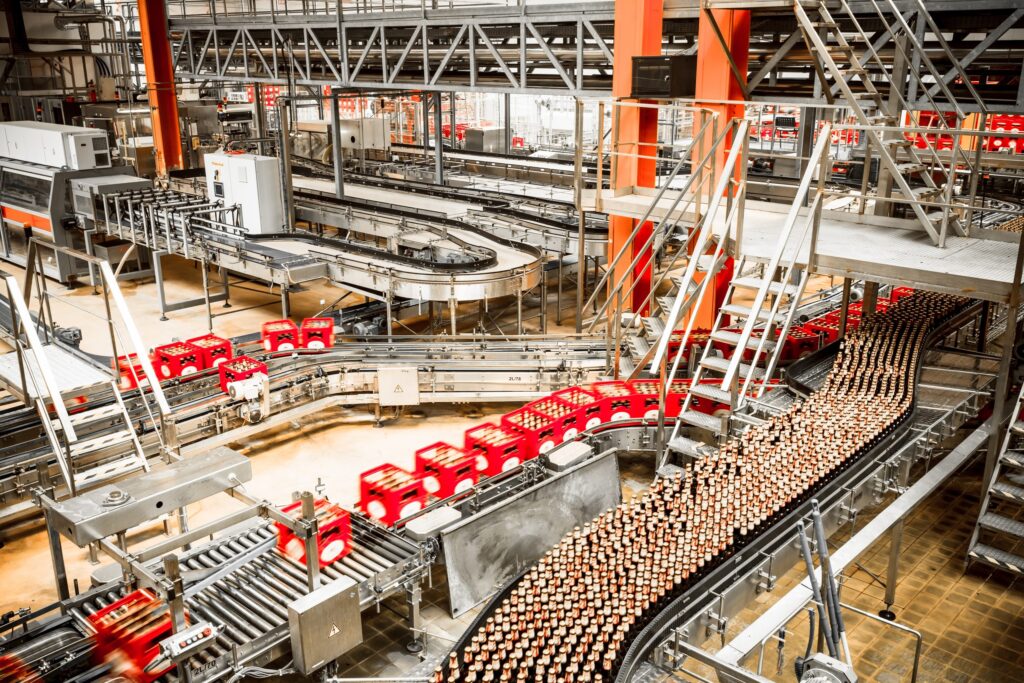

Chemicals
These products are used in the vulcanisation process where rubber parts acquire the physical properties required for the intended application. They are critical and essential chemicals that define the type of curing network including crosslinking density, length of bonds, speed of reaction or scorch safety.
Stearic acid is the common name for octadecanoic acid, which is a saturated fatty acid stearic acid for rubber vulcanization accelerator. It is required as a part of all types of sulphur vulcanizing systems. Stearic acid activates accelerators in the presence of zinc oxide forming zinc stearate.
